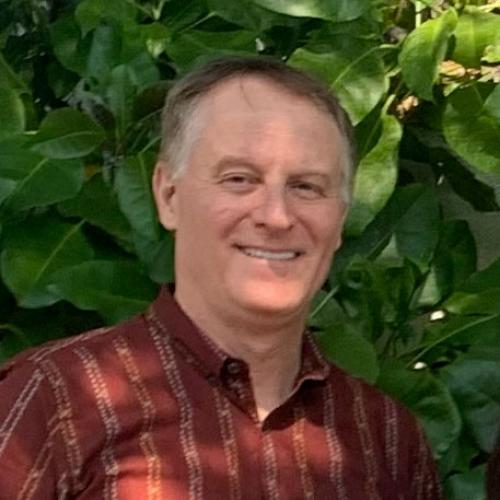At Civano, hopes die hard
ROBERT STEUTEVILLE OCT. 1, 2005
Hopes that the Civano development in southeast Tucson might continue to develop along new urban principles have now been pretty much extinguished. Pulte Homes, which took over the “environmentally sustainable” Arizona project from Fannie Mae, is using house designs and street layouts that disturb local advocates of New Urbanism.
Although the first neighborhood in Civano was built largely along new urban lines before Pulte became involved in the project, the national homebuilder is giving a more conventional character to the rest of the development. “It’s tight, it’s dense, but it’s not New Urbanism,” said Simmons Buntin, editor and publisher of Terrain.org, a Journal of the Built and Natural Environment, and former head of Civano Neighbors, the local homeowners association.
Buntin said the areas being developed by Pulte are being advertised as having many houses with garages protruding toward the street, a configuration that detracts from the public environment. “The streets are not laid out properly,” Buntin said. “There is no grid or modified grid that distributes traffic. There are lots of cul-de-sacs. It’s more of a ‘pod’ development.” Pulte is calling the new area Sierra Morado rather than Civano. In light of the changes in planning and design, Buntin said, “Everybody from Civano is happy they’re not calling it Civano.”
intense discussions
The changes are especially disappointing to Buntin because for more than a year he was intensely involved in discussions among Civano Neighbors, Pulte, and the city on how Pulte would develop the approximately 476 acres it acquired in the 880-acre development. Civano Neighbors thought it had received assurances that the new neighborhoods would incorporate new urban ideas. After Pulte received the city approvals it needed, the company put new individuals in charge of the local operation, and the plat plan for Sierra Morado did not follow through on what the residents thought had been promised, according to Buntin.
Hector Martinez, planning administrator in Tucson’s Department of Urban Planning and Design, said some elements in the original 660-unit neighborhood “didn’t work so well,” and consequently layout changes were needed. Some streets were too narrow to allow parking close to homes or to provide easy access for fire engines, he said. Buntin agreed that limited on-street parking was a concern in some locations, but he said problems could be remedied without resorting to a plan containing many cul-de-sacs and fewer interconnected streets.
Martinez also said a requirement for reclaimed-water systems in single-family houses has been eliminated in the new neighborhoods because it added $3,000 to $4,000 to the cost of each home. However, he said many of the energy-efficiency requirements for which Civano was known will continue in the remainder of the development, and “we’re still encouraging pedestrian trails throughout,” along with “multiuse facilities that will act as neighborhood centers.” Pulte is expected to build 1,200 to 1,800 dwellings. Fifty acres long designated as an employment center will get a 100-bed hospital developed by Tucson Medical Center, Martinez said. Pulte did not respond to questions from New Urban News. u




